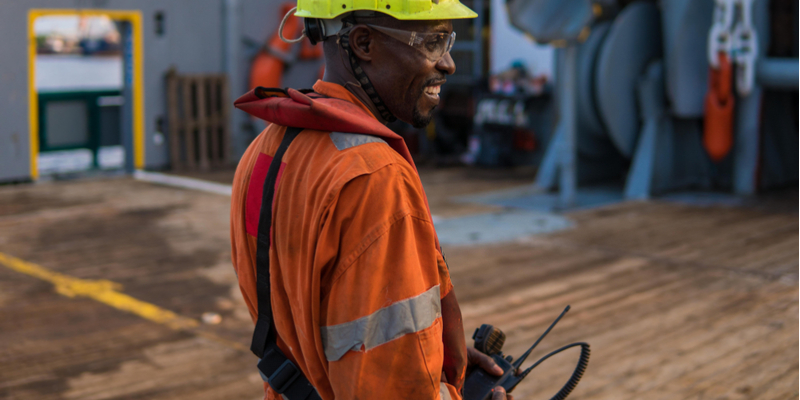Intrinsically Safe radios are the standard for many industries and applications, although over the past few years there has been a transition from FM to UL compliance testing. Intrinsically safe radios remain capable of withstanding high heat, water submersion, and heavy levels of dust. They remain operable in proximity to flammable or explosive gases and vapors. Since two-way radios are often the go-to line of communication during an emergency, it’s easy to understand why this is so important.
If you operate in an environment that is exposed to explosive or flammable gases, as well as vapors or heavy levels of dust, you’re likely considering the need for equipment that is certified for use in Hazardous Location – also known as “HazLoc”.
The New Standard for Intrinsically Safe Radios
Back in 2012, the established Factory Mutual standard FM3610_88 expired. By 2015, all radios certified to this standard were phased out of production. At this time, Motorola adapted a new TIA-4950 two-way radio standard for Hazardous Location certification. This is comparable to the FM3610_88 standard, but it differs in several fundamental ways.
Compliance testing was conducted by Underwriters Laboratories (UL). Prior to this, the certification lab listed on radios was FM Approval (FM).
Since 2015, ASTRO 25TM and MOTOTRBOTM radios have been available for purchase. These radios include clear labels that distinguish them via UL markings.
What Action Must You Take?
It is paramount that your facility documents and defines Hazardous Location requirements in regard to Division, Group and Class, as opposed to the old standard of simply “FM Approved” or “Intrinsically Safe”.
There are different classes of Hazardous Locations and it is important to know these differences and in what category you fall within to ensure you have the proper radios that are approved for use in your environment.
Hazardous locations are defined as a variety of industries including fuel storage plants, chemical plants, plastics processing plants, and refineries. According to the National Electrical Code (NEC) NFPA there are 70 unique hazardous locations “where fire or explosive hazards may exist due to flammable gases or vapors, flammable liquids, combustible dust, or ignitable fibers or flyings.”
It is not up to equipment manufacturers to decide if they require “HazLoc” radios. It is also not their duty to assess the environment in which radios are to be used. Instead, the Authorities Having Jurisdiction (AHJs) determine the Hazardous Location classification of a given facility. Examples include the fire marshal, facility safety expert, and insurance provider.
What Are the Different Classifications?
There are three different classes:
Class I: Flammable gases, liquids, or vapors
Class II: Combustible dust
Class III: Ignitable fibers and flyings
There are 2 different divisions or area classifications
Division 1: Any location where there are ignitable gases, vapors, liquids or dust present some of the time or all of the time during normal operating circumstances.
Division 2: This classifies a location where under normal operating circumstances it is not likely for any ignitable gas, vapor, liquid or dust to exist in the area.
Class 1 Groups of Gasses
Group A: Acetylene and corresponding gas groups
Group B: Hydrogen and corresponding gas groups
Group C: Ethylene and corresponding gas groups
Group D: Methane and corresponding gas groups
Class II Groups of Dust
Group E: Conductive dust, produced via mechanical means such as in factories or through the recycling process
Group F: Combustible carbon dust, this applies to above-ground applications only and examples include coke dust and charcoal
Group G: Grain dust
There are no sub-groups listed for Class III fibers.
Get Up to Date with the Latest Radio Standards, We Can Help!
At Highland Wireless, we offer the latest two-way radio equipment for rent and sale. Need help determining requirements for your specific industry? We are more than happy to help. Contact us today to learn more.

